- FIBER OPTIC TRANSCEIVERS >200G & 100G Transceivers >100G QSFP28 PSM4 1310 nm 2 km
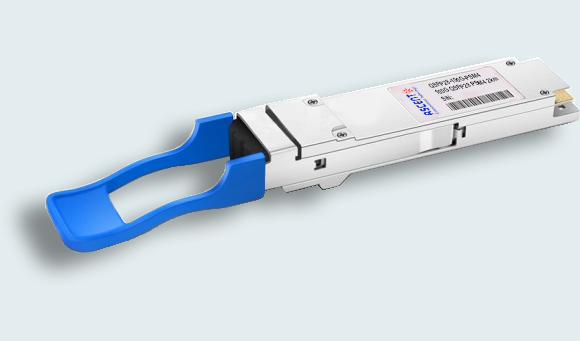
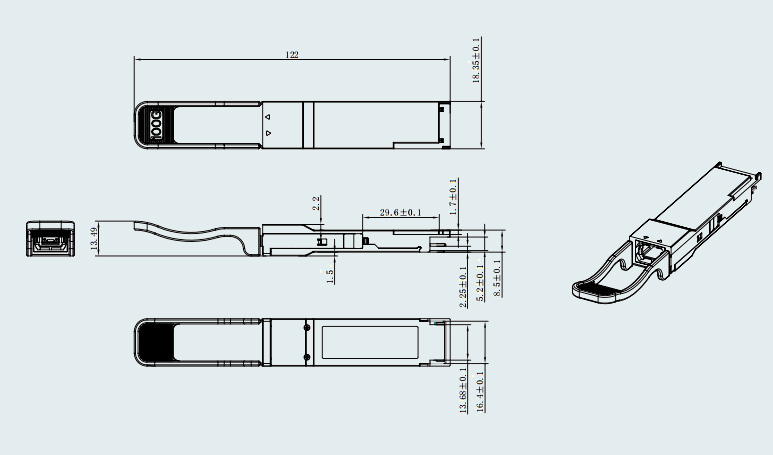
100G QSFP28 PSM4 1310 nm 2 km
Ascentãs QSFP28 100G PSM4 transceiver module is designed to meet the requirements of optical fiber interface for 2 km reach over eight single-mode fibers.
ãÂô ô ô Hot Pluggable QSFP form factor
ãÂô ô ô Support 25.78125Gb/s per channel and 103.1Gb/s aggregate bit rate
ãÂô ô ô Power dissipation < 3.5W
ãÂô ô ô 3.3V power supply voltage
ãÂô ô ô Case Operating Temperature: 0 ô¯C to +70 ô¯C
ãÂô ô ô Up to reach 2 km on Single-Mode MPO (APC 8-degree) connector receptacle
ãÂô ô ô 4 channels 1310 nm DFB
ãÂô ô ô 4 channels PIN photo detector array
ãÂô ô ô Internal CDR circuits on both receiver and transmitter channels
ãÂô ô ô RoHS-6 compliance
Absoluteô Maximumô Ratings
Parameter | Symbol | Min. | Max. | Unit | Note |
Storageô Temperature | TS | ã40 | +95 | ô¯C | |
Caseô Operatingô Temperatureô (Commercial) | TO | 0 | +70 | ô¯C | |
Relativeô Humidityô ãô Storage | RHS | 0 | 95 | % | |
Relativeô Humidityô ãô Operating | RHO | 0 | 85 | % | |
Supplyô Voltage | VCC | ã0.3 | 3.6 | V |
ô
Operatingô conditions
Parameter | Symbol | Min | Typ. | Max | Unit | Note |
Caseô Operatingô Temperature | Tcase | 0 | ã | +70 | ô¯C | |
DCô Supplyô Voltage | VCC | 3.135 | ã | 3.465 | V | |
Moduleô Supplyô Current | IIN | ã | ã | 1000 | mA |
ô
Electricalô Characteristics
Parameter | Symbol | Min. | Typ. | Max. | Unit | Note |
Transmitter | ||||||
Differentialô Dataô inputô Swing | VIN | 180 | ã | 900 | mV | |
Txô Differentialô Inputô Impendence | Zin | 90 | 100 | 110 | öˋ | |
Txô Differentialô Outputô Impendence | Zout | 45 | 50 | 55 | öˋ | |
ResetLô Disableô Voltage | Vr | 2.0 | ã | VCC+0.3 | V | |
ResetLô Enableô Voltage | VrEN | 0 | ã | 0.8 | V | |
ModSelLô Disableô Voltage | Vm | 2.0 | ã | Vcc+0.3 | V | |
ModSelLô Enableô Voltage | VmEN | 0 | ã | 0.8 | V | |
Receiver | ||||||
Differentialô Dataô Outputô Swing | VOUT | 180 | ã | 900 | mV | |
Rxô Differentialô Outputô Impendence | ZOUT | 90 | 100 | 110 | öˋ | |
IntLô Assertô Voltage | VInt | VCCã0.5 | ã | VCC+0.3 | V | |
IntLô Deãassertô Voltage | VDInt | 0 | ã | +0.4 | V | |
ô
Opticalô Specifications
Parameter | Symbol | Min. | Typ. | Max. | Units | Notes |
Transmitter | ||||||
Signalô Rateô eachô Lane | 25.78125ô ppmô ôÝô 100ppm | Gbps | ||||
Laneô Wavelength | L0 | 1295 | 1310 | 1325 | nm | |
L1 | 1295 | 1310 | 1325 | nm | ||
L2 | 1295 | 1310 | 1325 | nm | ||
L3 | 1295 | 1310 | 1325 | nm | ||
Sideô Modeô Suppressionô Ratio | SMSR | 30 | dB | |||
Averageô Launchô Powerô eachô Lane | Pavg | ã9.4 | 2.0 | dBm | ||
Opticalô Modulationô Amplitudeô eachô Lane | OMA | 2.2 | dBm | 1 | ||
Transmitterô andô Dispersionô Penaltyô eachô Lane | TDP | 2.9 | dB | |||
Eyeô Maskô Coordinates:ô X1,ô X2,ô X3,ô Y1,ô Y2,ô Y3 | {0.31,ô 0.4,ô 0.45,ô 0.34,ô 0.38,ô 0.4} | 2 | ||||
Averageô Launchô Powerô ofô OFFô Transmitterô eachô Lane | ã30 | dBm | ||||
Extinctionô Ratio | ER | 3.5 | dB | |||
Spectralô Widthô (20ô dB) | 1 | nm | ||||
Transmitterô Reflectance | ã12 | dB | ||||
Opticalô Returnô Lossô Tolerance | 20 | dB | ||||
Receiver | ||||||
Signalô Speedô perô Lane | 25.78125ô ppmô ôÝô 100ô ppm | Gbps | ||||
Laneô Wavelength | L0 | 1295 | 1310 | 1325 | nm | |
L1 | 1295 | 1310 | 1325 | nm | ||
L2 | 1295 | 1310 | 1325 | nm | ||
L3 | 1295 | 1310 | 1325 | nm | ||
Damageô Thresholdô eachô Lane | THd | 3.0 | dBm | 3 | ||
Averageô Receiveô Powerô eachô Lane | ã12.66 | 2.0 | dBm | |||
Receiverô Reflectance | ã26 | dB | ||||
Sensitivityô OMAô eachô Laneô [1] | Sen | ã12.1 | dBm | 4 | ||
Stressedô Receiverô Sensitivityô (OMA),ô eachô Lane | ã8.8 | dBm | ||||
LOSô Assert | LOSA | ã18 | ||||
LOSô DeãAssert | LOSD | ã16 | ||||
LOSô Hysteresis | LOSH | 0.5 | 3 | |||
Verticalô Eyeô Closureô Penalty | VECP | 1.9 | dB | 5 | ||
Stressedô Eyeô J2ô Jitter | J2 | 0.27 | UI | |||
Stressedô Eyeô J4ô Jitter | J4 | 0.39 | UI | |||
Notes:
1.ô Evenô ifô theô TDPô <ô 1ô dB,ô theô OMAô minô mustô exceedô theô minimumô valueô specifiedô here.
2.ô Hitô ratioô ofô 5Eã5,ô perô IEEE.
3.ô Theô receiverô shallô beô ableô toô tolerate,ô withoutô damage,ô continuousô exposureô toô aô modulatedô opticalô inputô signalô havingô thisô powerô levelô onô oneô lane.ô Theô receiverô doesô notô haveô toô operateô correctlyô atô thisô inputô power.
4.ô Measuredô withô conformanceô testô signalô atô receiverô inputô forô BERô =ô 5Eã5ô BER.
5.ô Verticalô eyeô closureô penaltyô andô stressedô eyeô jitterô areô testô conditionsô forô measuringô stressedô receiverô sensitivity.ô Theyô areô notô characteristicsô ofô theô receiver
ô
Digitalô Diagnostics
Parameter | Symbol | Spec | Units | Condition/Notes |
Temperature | Te | ôÝ3 | ô¯C | |
Voltage | Vcc | ôÝ5ô % | V | |
IBias | BIAS | ôÝ10ô % | mA | |
Rxô power | Rxãpwr | ôÝ2 | dBm | |
Txô power | Txãpwr | ôÝ2 | dBm |
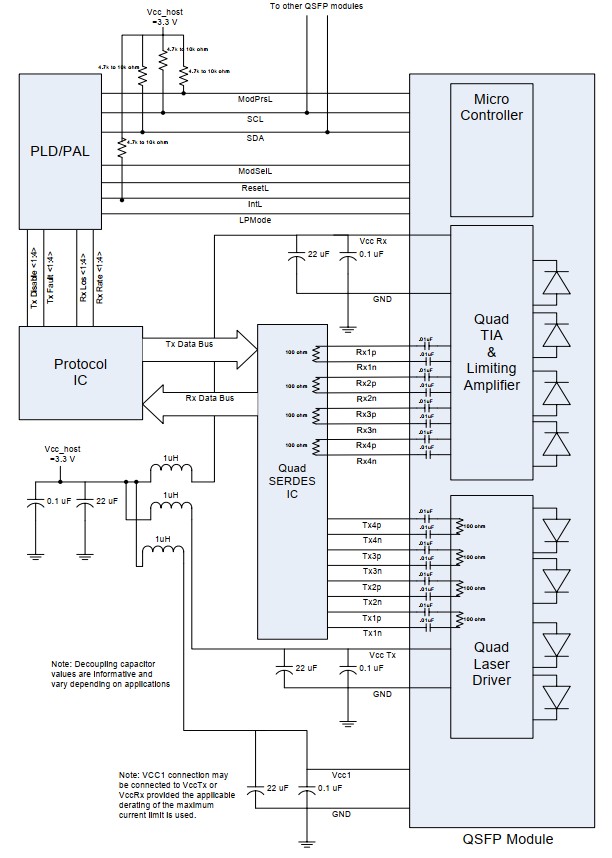
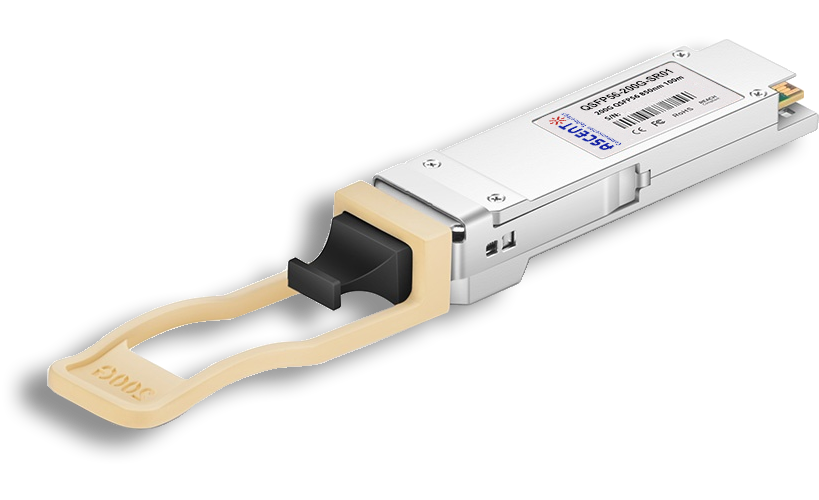
200G QSFP56 SR4 850 nm 100 m
QSFP56-200G-SR01 200 Gb/s QSFP56 SR4 850 nm 100 m Transceiver

100G QSFP28 LX4 2km
100 Gb/s 2km QSFP28 LX4 Transceiver

100G QSFP28OA LR4 10km
100 Gb/s 10 km QSFP28 LR4 Transceiver

100G QSFP28 ZR4 1310 nm 80 km
QSFP28-100G-LP80 QSFP28 100 Gbps ZR4 Transceiver

100G QSFP28 ER4LE 1310 nm 40 km
100 Gb/s 40 km QSFP28 ER4 Lite EML Transceiver

100G QSFP28 ER4L 1310 nm 40 km
QSFP28-100G-LP40 100 Gb/s 40 km QSFP28 ER4 Lite Transceiver

100G QSFP28 ER4E 1310 nm 40 km
100 Gb/s 40 km QSFP28 ER4 EML Transceiver

100G QSFP28 ER4 1310 nm 40 km
100 Gb/s 40 km QSFP28 ER4 Transceiver
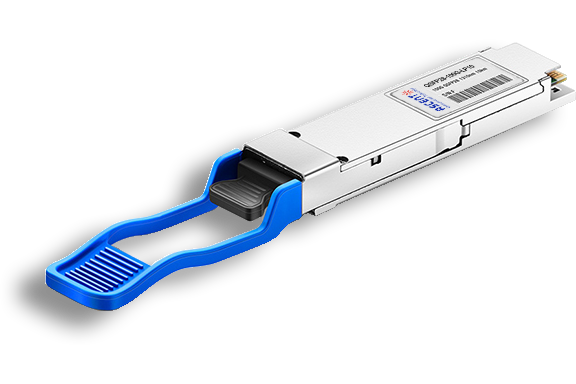
100G QSFP28 LR4 1310 nm 10 km
QSFP28-100G-LP10 100 Gb/s 10km QSFP28 LR4 Transceiver
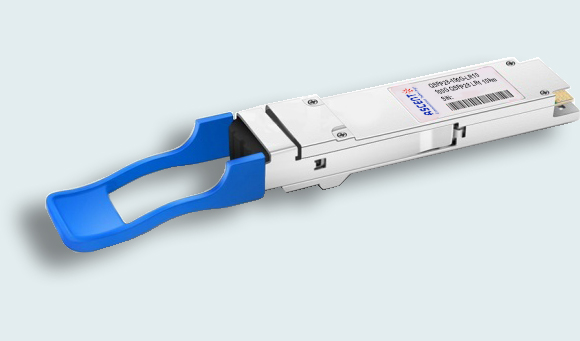
100G QSFP28 LR Single ö£ 10 km
100G QSFP28 LR1 10 km Single Channel

100G QSFP28 DR Single ö£ 500 m
QSFP28 100G DR Single Lambda Transceiver
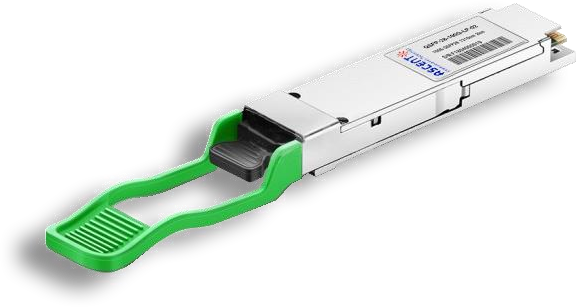
100G QSFP28 CWDM4 1310 nm 2 km
QSFP28-100G-LP02 QSFP28 100 Gbps CWDM4 Transceiver

100G QSFP28 SR4 850 nm 100 m
QSFP28-100G-SR01 100 Gb/s SR4 850 nm 100 m Transceiver
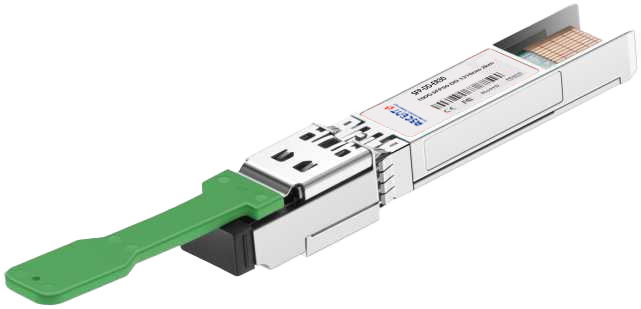
100G QSFP28 FR 1310 nm 2 km
SFP-DD 100G-FR1 Optical Transceiver 2km
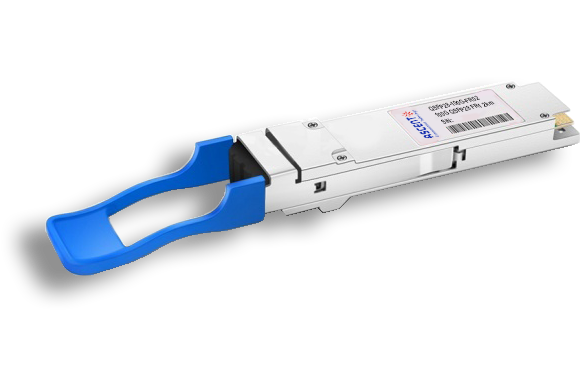
100G QSFP28 FR Single ö£ 1310 nm 2 km
QSFP28-100G-FR02 FR1 1310 nm 2 km Transceiver
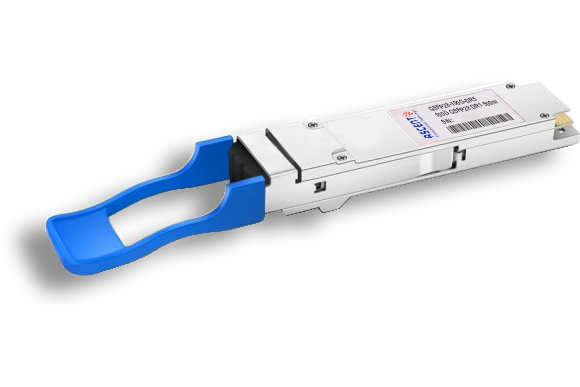
100G QSFP28 DR Single ö£ 500 m
QSFP28-100G-DR5 DR1 1310 nm 500 m Transceiver

100G QSFP28 SR01 BIDI MMF 850nm 100m
QSFP28 BIDI 100 Gb/s SR Transceiver 100m

100G QSFP28 BIDI 80km
QSFP28 BIDI 100 Gb/s ZR4 Transceiver 80km

100G QSFP28 BIDI 40km
QSFP28 BIDI 100 Gb/s ER Transceiver 40km

100G QSFP28 EZR4 100km
QSFP28 100Gb/s EZR4 Transceiver 100km

100G SFP56 ER1 30km
SFP56-DD 100G-ER1 Optical Transceiver 30km

100G SFP56 LR1 10km
SFP56-DD 100G-LR1 Optical Transceiver 10km
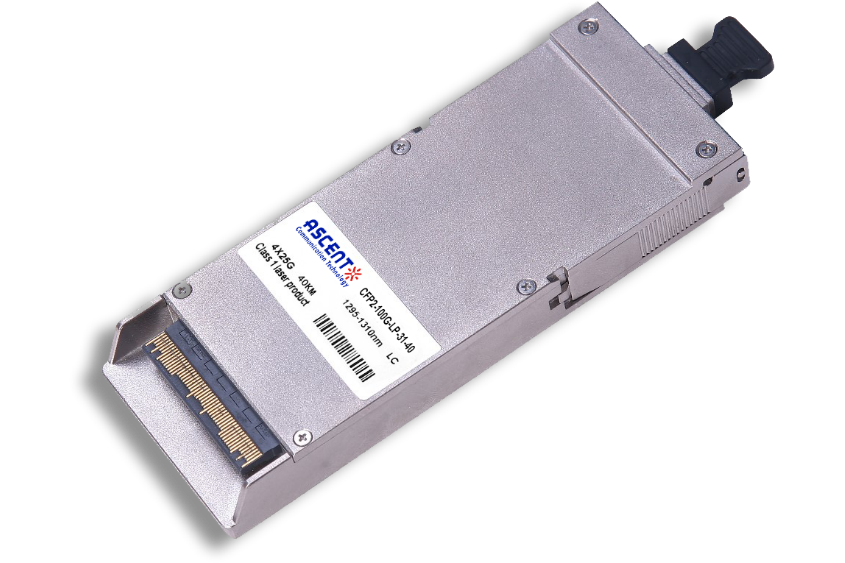
100G CFP2 ER4 40 km
CFP2-LP-31-40 100 Gb/s CFP2 ER4 40 km Transceiver
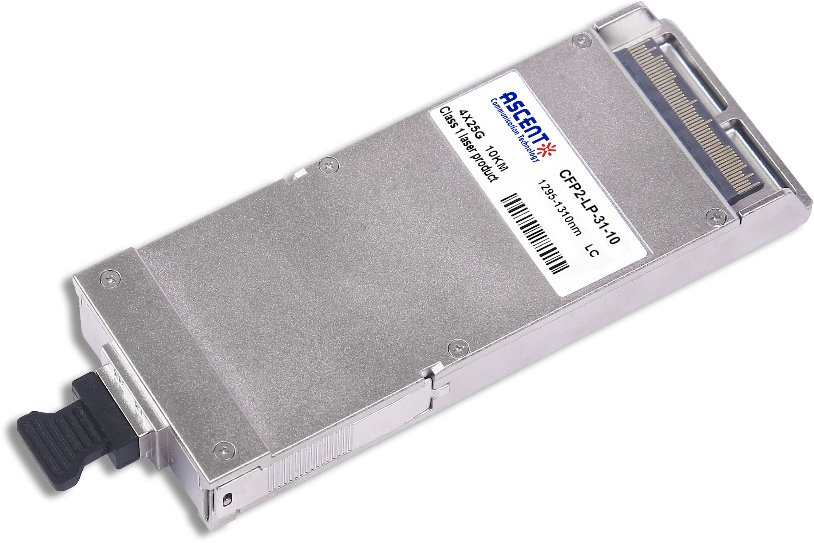
100G CFP2 LR4 10 km
CFP2-LP-31-10 100 Gb/s CFP2 LR4 10 km Transceiver
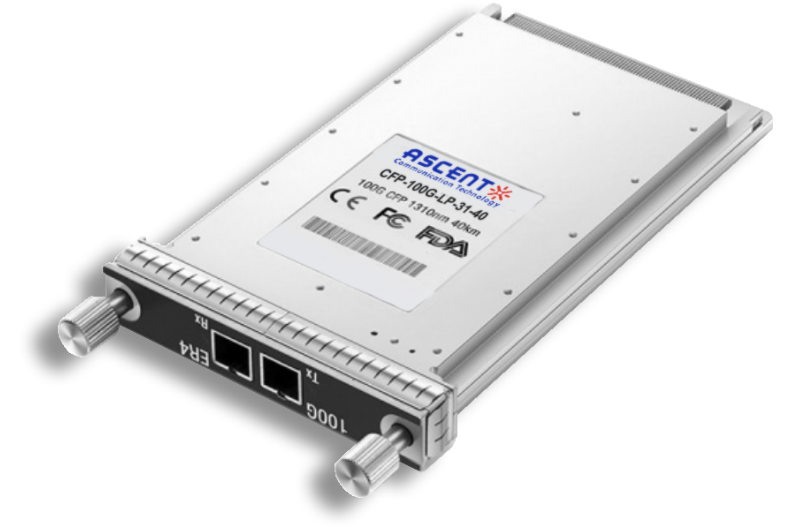
100G CFP ER4 40 km
CFP-LP-31-40 100 Gb/s CFP ER4 40 km Transceiver

100G CFP LR4 10 km
CFP-LP-31-10 100 Gb/s CFP LR4 10 km Transceiver
White Paper
Press Releases
Briefings 1
Briefings 2
Videos, etc.
QRG
Manual1
Manual2
Get in touch with our experts
Feedback